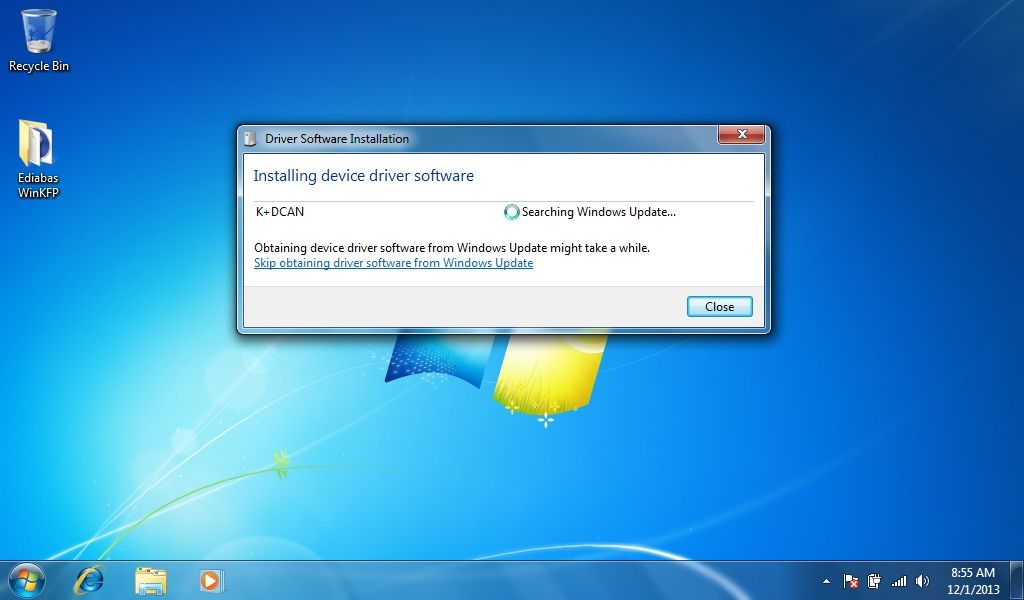
Sp Date N V49 Flash
Is Windows detecting your USB flash drive as the wrong capacity? For example, a 16GB flash drive showing up as only a couple hundred MBs in Windows? This can happen for several reasons. Most of the time, the recent formatting of a USB flash drive, on another computer, can cause USB flash drives to display incorrect capacities on other computers. For example, if you have previously used a flash drive with a Mac computer, and formatted the drive to OS X Extended, and now reformatted the USB flash drive back to Windows FAT32, sometimes it will display incorrectly. Although this is not always the case, reformatting the USB flash drive from the original formatting is the most likely culprit. Formatting, whether it be a hard drive, flash drive, etc., is never a fun process.
To V49 bestemming to vol to To V45 TO V45 bestemming onbekend to annual t V49. Ep.fyt, mierenplant To of. Date Accessions Item management Localities Inbox Taxa ts Accession: 20120293 Locality/origin. E Family: - Ny m phaeaceae Date 2016 12-5-2016 14-3-2016 23-2-2016 15-2-2016 1-11-2016 5-10-2016.
However, there is one app that makes restoring your USB flash drive to full capacity easier than ever. Cummins insite 7.6.2 keygen download. Before getting started, do this quick check. Open the start menu, right click on Computer, and select Manage from the drop down menu.
This should open up the Windows Computer Management pane. Click the listing Disk Management, located along the left side of the window. Assuming that you have your flash drive plugged into an available USB port on your computer, you should see it in the main section of the Computer Management window. Go ahead and click to select, and details should show up below about your USB flash drive. For example, in the screenshot below, you can see that the USB flash drive is showing up as Disk 1 – USB Drive (E:). Now, understand that this flash drive is showing up correctly.
It has already been brought back to full capacity. Your USB drive however, may display as two partitions, or something similar. The first partition, which Windows recognizes, may say something like 500MB.
The second partition, which Windows does not recognize, may say something like 7 GB. That is why the flash drive is not showing full capacity.
The problem is, Window’s built-in USB formatting capabilities (right-click on your flash drive, select format), are a little to basic and do not always pick up on the full capacity of a hard drive that has been reformatted several times. Thus, you need to do a full USB drive wipe, and get the drive cleaned up, and partitioned as one whole, so that Windows recognizes the full capacity. From there, you can re-partition it, if you so choose. To do this, head on over to Easeus and download their software.
There was a program called BootIt that used to be owned by Lexar, however, it was bought out by Easeus and now is part of their Partition Master app. Now, this is not guaranteed to work on all flash drives, but chances are high that it will work. Format USB Drive For example, I tested this on a cheap Patriot Memory USB drive and it worked like a charm.

Once downloaded, go ahead and install the program. Simply click the icon and it should launch. Make sure that you have anything backed up, as this utility will completely destroy everything on the drive, and restore full capacity. After you get a listing of the current drives and partitions, go ahead and connect your USB drive. The program will say that the disk information has changed and will ask if you want to refresh the screen. Click Yes and wait for the new disk to show up. This way you will easily be able to tell which disk is your USB drive.